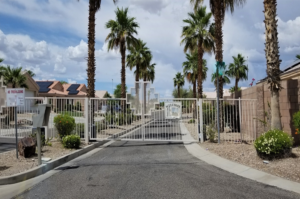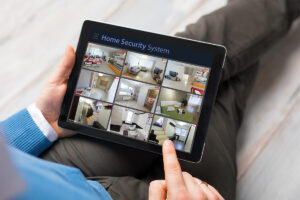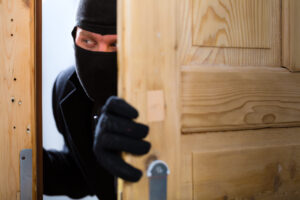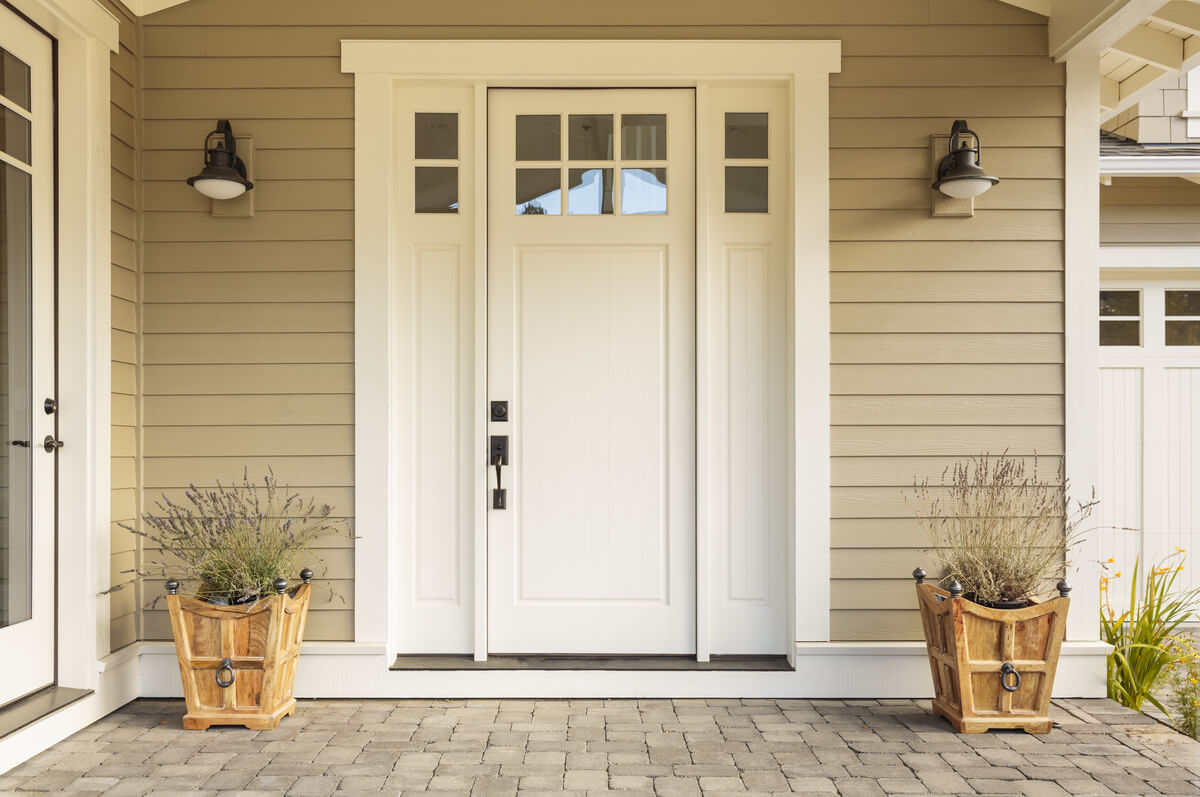
Tips to Prevent Burglaries
Learn actionable tips to prevent burglaries and protect yourself, your family, and your property. This article will help you…
Lorem ipsum dolor sit amet, consectetur adipiscing elit. Ut elit tellus, luctus nec ullamcorper mattis, pulvinar dapibus leo.
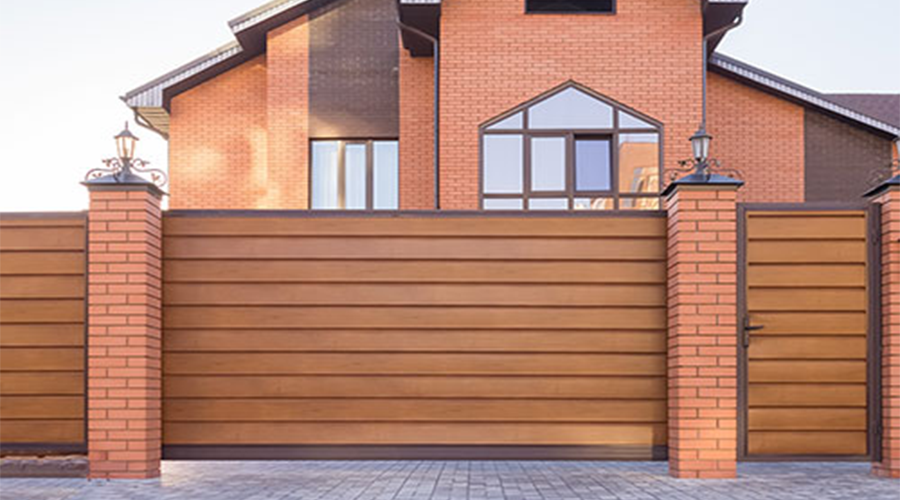
We’ve all been there: locked out of our house, flabbergasted because our cleverly concealed hide-a-key hadn’t done as great a job of hiding our spare key as we’d hoped, and now it’s nowhere to be found.
In other cases, we need to hide a key for a neighbor who will be coming to check on the house while we’re away on vacation, or else a trusted friend who will be by to water our plants.
Let’s talk about some of the most common places people hide their spare keys, and then get into why they aren’t the best or safest way to provide access to the housesitter, babysitter, or dog-walker when you’re away (Or, when you have lost your house key, yet again).
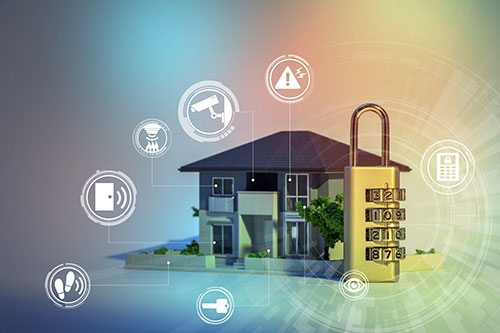
Common Hide-a-key Methods (that all burglars know about)
When one thinks of a home invader, they often imagine a criminal—someone they don’t know—breaking into their home with nefarious intent.
But what if we told you that most burglaries are committed by people who live close to your home? That means that most home invasions are committed by burglars who often have cause to pass by your house, who can monitor your comings and goings and are aware of where you hide your spare key.
Let’s talk about some of the most common places people hide their spare keys, and then get into why they aren’t the best or safest way to provide access to the housesitter, babysitter, or dog-walker when you’re away (Or, when you have lost your house key again).
Less Common Hide-a-Key Places (that are still not the safest option)
Over the years, as people began to realize that the old tried and true methods of hiding your spare key weren’t working any longer, good old American ingenuity kicked in and people came up with some pretty creative ideas on ways to hide their spare key.
In this scenario, you’ve hot-glued a pill bottle to the bottom of a rock, hidden your key inside, dug a small hole, and sat the rock-pill bottle combo inside the hole. At first glance, it looks like just another rock in your drive. There are also fake rocks for purchase which have a handle key hiding box built into the back or bottom of them. Unfortunately, a fake rock often looks fake, try as one may to camouflage it.
Should You Even Be Hiding Your House Key?
If most home burglaries occur when someone walks through your front door, pilfers your belongings, and walks right back out your front door, is it even a good idea to be hiding your house key outside?
Considering the fact that homes in America are burglarized every 18 seconds, maybe it’s time to consider alternative measures to securing your home—keyless entry options.
Who Needs a Keyless Entry Option?
If you are living in a home with other adults, such as a shared rental property, as well as an AirBnB—basically anywhere multiple people will be coming and going from your home often—granting people keyless access to your property is a must.
Keyless Entry,
Coded Lock
In the world of keyless entry, a coded lock is one of the more accessible options. These keyless locking mechanisms operate using a keycode which may or may not be digitally connected to a cloud service.
Dual Keyed/Keyless Coded LocksThese are keyless locking mechanisms which operate via a keypad, set to remain locked until someone enters the pre-set keycode. What sets these apart from other types of keyless options is that there is still a key-lock system as a back-up in case the batteries were to die. This, of course, means they can be picked, like any other keyed locking door.
Digital Locking AppOne of the more accessible security options is a locking mechanism with both a keypad entry system and an app with cloud-based locking and unlocking capabilities.
Biometric Sensor + Keypad EntrySome are even more advanced, featuring not only a keypad but a biometric sensor. The idea here is to prevent entry except to those whose unique fingerprints or retina patterns have been included in the list of stored people who are allowed entry.
Of course, this isn’t a fool-proof method. For one thing, biometrics scanners, though extremely sophisticated technology, can be hacked.
Furthermore, should the battery die or the power be cut, most of these coded keypad or biometric sensor options don’t offer a keyed entry for emergencies, meaning you could be trapped outside/inside your home—which could, obviously, be a problem for a number of reasons.
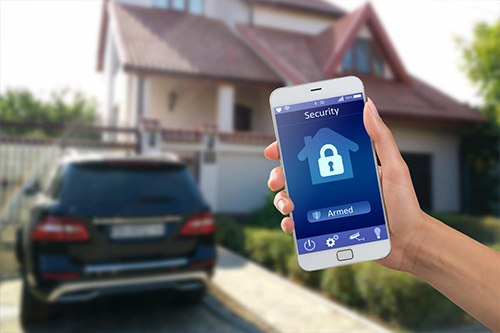
With all this talk of keyed and keyless entry, let’s talk about a smarter way to stop break-ins: security gates
Did you know that nearly 23% of home burglaries happen when an intruder enters the home through a window on the first floor?
The best way to prevent home break-ins is to prevent burglars from ever entering your property in the first place.
Security Gates: Swing Gate Operators
As the name suggests, a swing gate operatoris a mechanism which swings a security gate open and closed.
Swing gate operators can be used on both residential and commercial properties, and they can support a broad range of security gate sizes, from small gates for private homes to much larger, dual-gates which open up to a much larger driveway, for commercial properties.
One advantage to using a swing gate operator is that they can be used for gates up to 16 feet wide, weighing as much as 800 lbs.
A swing gate operator is controlled either by a programmed remote entry controller—like a garage door opener you’d keep in your vehicle—or by a fixed entry controller that sits at least six feet away from the swing gate operator, meaning it’s far away from anyone who may be interested in tampering with it to gain entry.
The best swing gate operators have solar-powered backup systems so that, in the event of a power outage or loss of battery power, the swing gate operator can still be used to open and close your security gate.
To save power, they will also often have a power-saving setting which essentially puts the mechanism in “sleep” mode when not in use.
On top of these power-friendly aspects of a security swinging gate operator, the best ones operate as quietly as they are strong.
Security Gates: Sliding Gate Openers
The next step up from a swing gate operator is a slide gate opener. Whereas most swinging gate operators can only manage a gate which is up to 16 feet wide and/or weighs as much as 800 lbs, a good quality sliding gate opener can handle gates which are up to 50 feet wide and/or weigh up to 3,500 pounds.
Like swing gate operators, sliding gate openers are operated by a remote control, and a good quality sliding gate opener will have a solar-powered backup option in the event of a power outage.
How to Choose Between a Swing Gate and Sliding Gate Opener?>
Hiding a spare key is the least safe way to control access to your home when you’re not around—and burglars are just as aware of hide-a-key options as you are. Consider upgrading to a keyless lock or, for added security, consider installing an Eagle Gate swing gate operator or sliding gate opener.
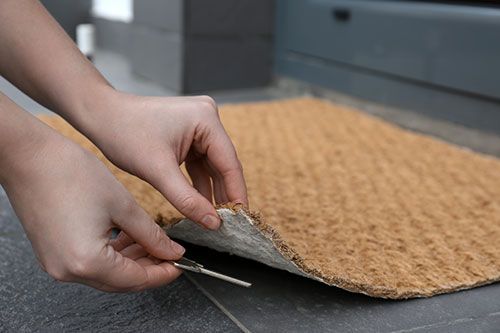
Eagle Access Control Systems offers high-quality swing gate operators and sliding gate openers. Whether you need a swinging gate opener or a sliding gate operator, Eagle Access Control Systems is a reliable, time-tested, industry-leading manufacturer of security gate openers—and has been for more than two decades.
Our gate operator chassises are made of sturdy, weather-resistant zinc-plated steel and are equipped with important safety features, like motor brakes and instant release arms, as well as instant reversing motors.

 8 minute read…
8 minute read…Learn actionable tips to prevent burglaries and protect yourself, your family, and your property. This article will help you…
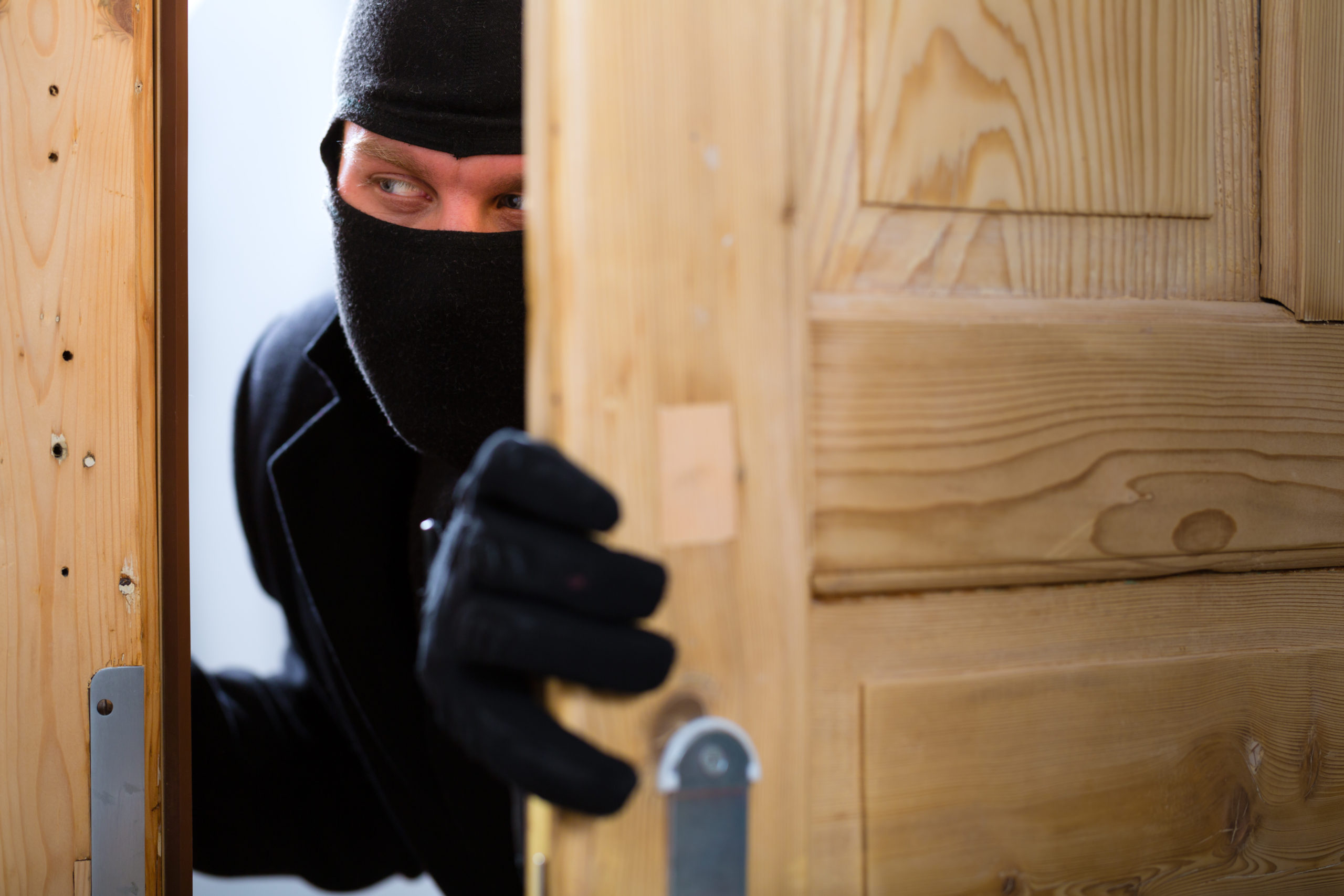
 1 minute read…
1 minute read…Home invasion statistics can seem pretty overwhelming. The good news is that being informed means that you can make…
